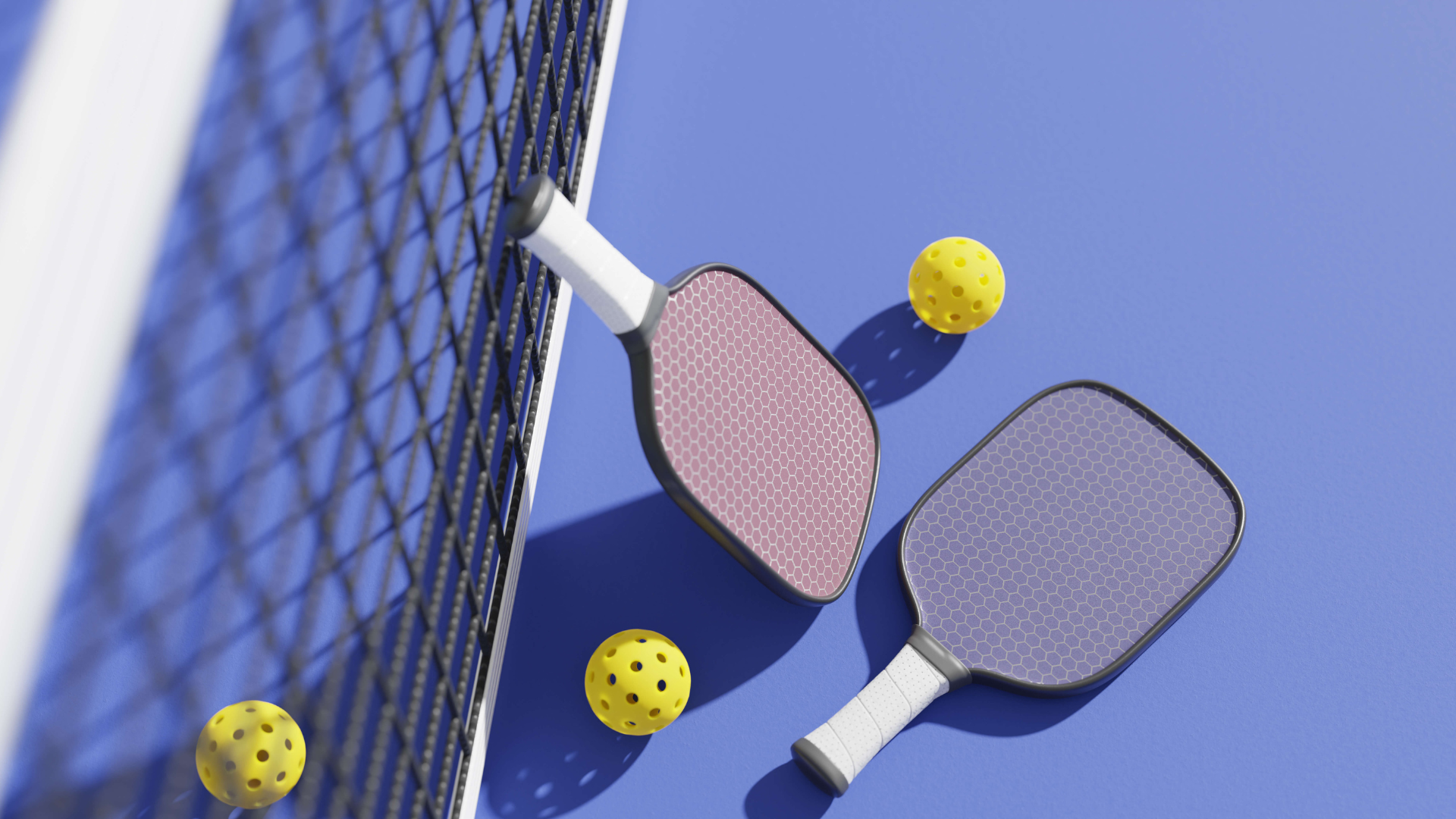1. Introduction to Pickleball
Pickleball, often referred to as America's newest racquet sport, has rapidly captured the interest of countless enthusiasts. It is an exciting blend of various racquet sports. But what exactly is it, where was pickleball invented, and why has it garnered such attention?
2. Birthplace of Pickleball: Bainbridge Island
Bainbridge Island, Washington, is more than just a picturesque location; it’s where pickleball was invented. In the summer of 1965, Joel Pritchard and Bill Bell aimed to craft a game suitable for all ages, using a wiffle ball, table tennis paddles, and an old badminton court. The game of pickleball was born.
Barney McCallum soon joined the duo, and the three of them fine-tuned the rules, making pickleball a unique sport. One of the quirkiest parts of pickleball history is its naming. Some say it was named after the Pritchards' family dog, Pickles, while others claim it’s tied to the term "pickle boat." It's truly a funny story.
3. The Rise of Pickleball Courts
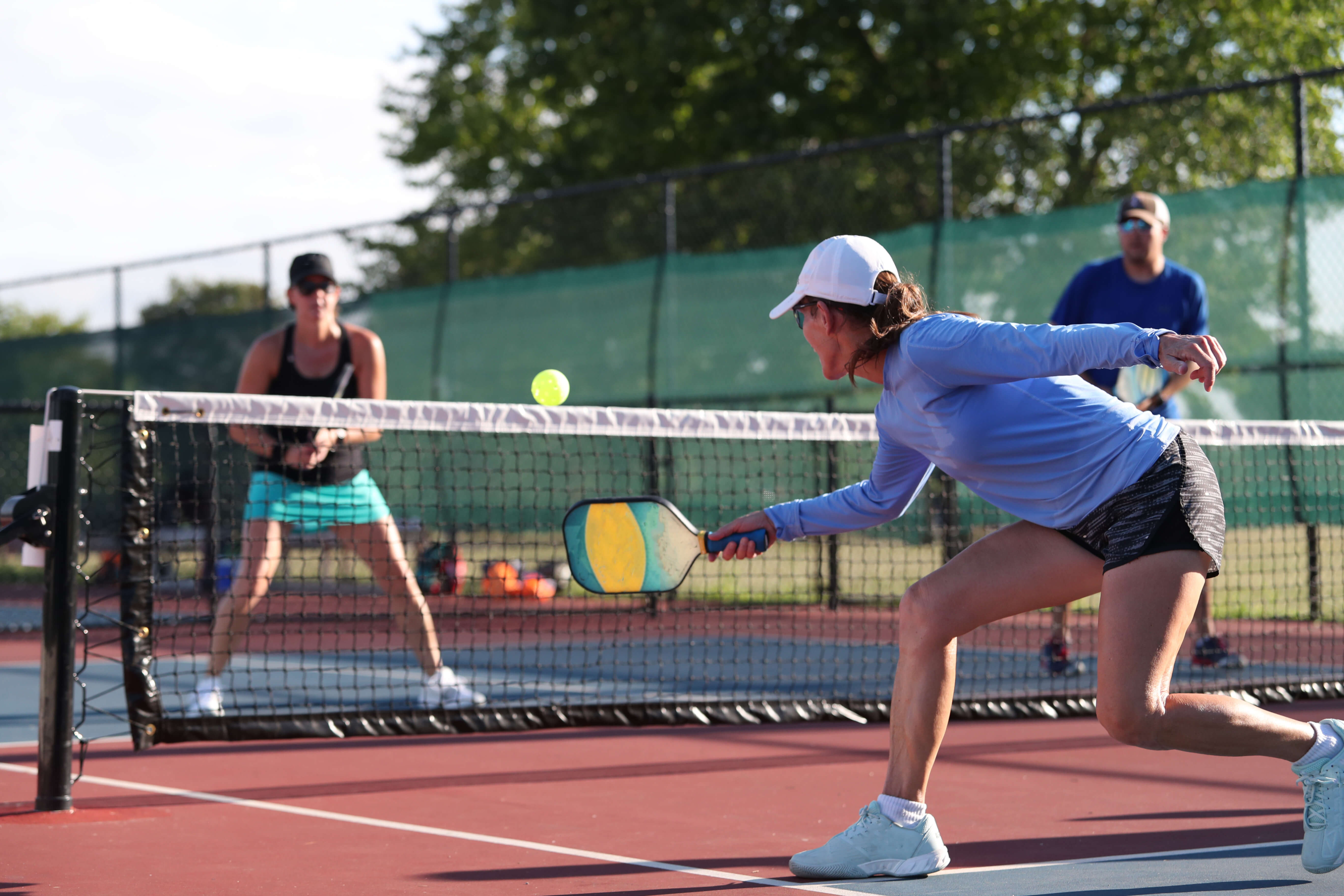
The trio's invention of pickleball wasn't confined to Bainbridge Island. This innovative sport, now recognized as America's newest racquet sport, saw its beginnings there. The first permanent pickleball court came into existence in 1967, signifying the sport's potential. As pickleball started to spread, the need for dedicated pickleball courts became evident.
Soon, the South Center Athletic Club saw the game's potential and became home to the first official pickleball court. As interest grew, local pickleball courts began sprouting throughout the USA, with the original pickleball court serving as a blueprint.
4. USA Pickleball: An Association’s Vision
The rise of the sport necessitated an organized body. Enter the USA Pickleball Association (USAPA). Established to nurture the sport, the USAPA organized the first pickleball tournament, setting the foundation for competitive play.
The USAPA National Tournament became an annual event, drawing players from across the nation. With rules, regulations, and standards to be set, the USAPA Rules Committee was instituted, ensuring fair play across all pickleball tournaments.
5. Equipment Evolution: From Table Tennis to Pickleball Kits
Initially, the inventors utilized what was on hand: table tennis paddles and a perforated plastic ball. However, as the sport evolved, so did the equipment. The first composite pickleball paddle was introduced, offering players enhanced precision and power.
Pickleball kits, containing paddles, balls, and nets, started becoming available. This evolution was also marked by the Professional Pickleball Association's involvement, emphasizing the sport's growing professionalism.
6. Pickleball in Media and Popular Culture
Pickleball’s popularity didn’t escape media attention. The sport received its first mass media exposure when it was featured in the National Observer and later in Tennis Magazine, highlighting its rising stature.
International competitions saw pickleball cross the American borders, and it began to be recognized as a genuine global sport. Today, pickleball is a frequent feature in sports columns, reinforcing its place in popular culture.
7. Pickleball Tournaments: A Competitive Arena
From casual backyard play on Bainbridge Island, pickleball tournaments have come a long way. The first ever pickleball tournament set the tone, with the Arizona Senior Olympics and the Open Pickleball Championships further establishing the sport's competitive nature.
These events not only highlighted the top players in the sport but also served as a testament to the game's growing appeal and the role of the USA Pickleball Association USAPA in fostering this growth.
8. Rules, Regulations, and Playing Techniques
Any sport’s heart lies in its rules, and pickleball is no different. A proper service court is pivotal, and the serving team plays a crucial role in dictating the game’s flow. While there are similarities with badminton and table tennis, pickleball has carved its niche with its unique playstyle and strategies.
9. International Growth and Recognitions
While it originated in the USA, pickleball's reach is global. The International Federation, in collaboration with organizations such as the National Senior Games Association, has played a pivotal role in this expansion. Recognitions from bodies like the American Sports Builders Association further attest to the sport's international standing.
10. Anecdotes and Fun Facts
Beyond the courts and competitive play, pickleball has its share of anecdotes. From the debate surrounding its naming (was it really named after a dog named Pickles or a pickle boat?) to personal stories like how Sid Williams began playing, the sport is rich in tales.
11. The Future of Pickleball
Hailed as the fastest growing sport in some circles, pickleball's future seems bright. With more tournaments on the horizon, innovations in equipment, and a growing global community, pickleball is not just a passing trend – it's a sport here to stay.
12. The Name "Pickleball": A Tale or Two
Why is it called pickleball? The history of pickleball is intertwined with its peculiar name. Some assert it was christened after the Pritchard's family dog named Pickles, who would chase after the ball. Others believe it draws inspiration from the term "pickle boat," which refers to a crew's last boat. Whichever story you lean towards, the naming of pickleball is just a funny story within the broader history of pickleball.
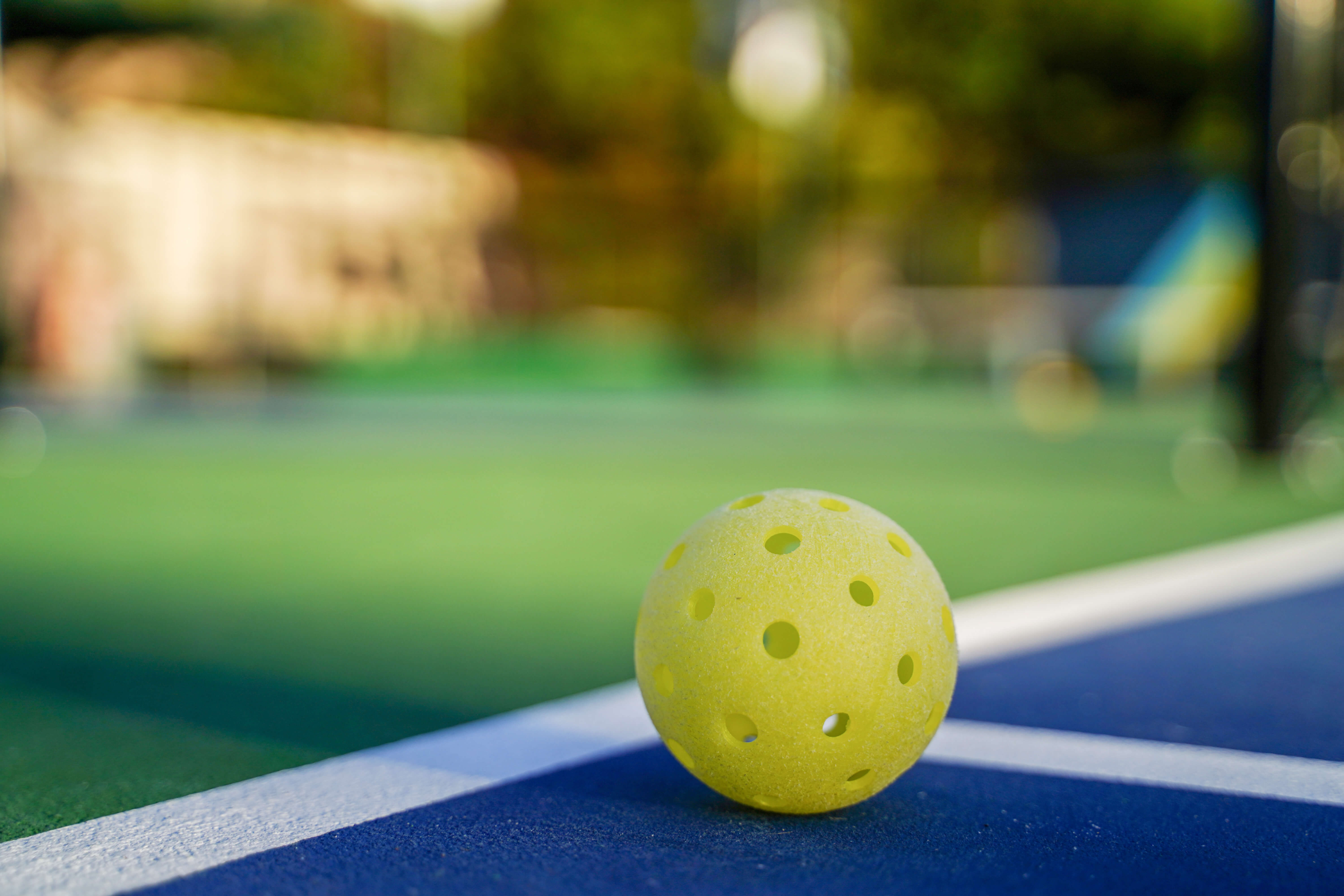
13. Equipment: The Heart of the Game
From using simple table tennis paddles and a wiffle ball, pickleball equipment has seen significant advancements. One landmark development was the introduction of the composite pickleball paddle. This paddle, more robust and durable than its predecessors, revolutionized gameplay. As the sport evolved, so did the quality of equipment, with pickleball kits now readily available for newcomers and professionals alike.
14. USA Pickleball: More than Just an Association
The USA Pickleball Association (USAPA) has been instrumental in promoting and organizing pickleball. But they've done more than just oversee tournaments. The USAPA Rules Committee has established game standards, ensuring that whether you play pickleball in a local setting or at the USAPA National Tournament, the rules remain consistent.
15. International Pickleball: Beyond American Shores
Thanks to the efforts of various bodies, including the International Federation, pickleball has reached international shores. With international competitions and dedicated pickleball associations cropping up worldwide, it's evident that pickleball's appeal isn't limited to the USA.
16. A Game for All: The Universal Appeal of Pickleball
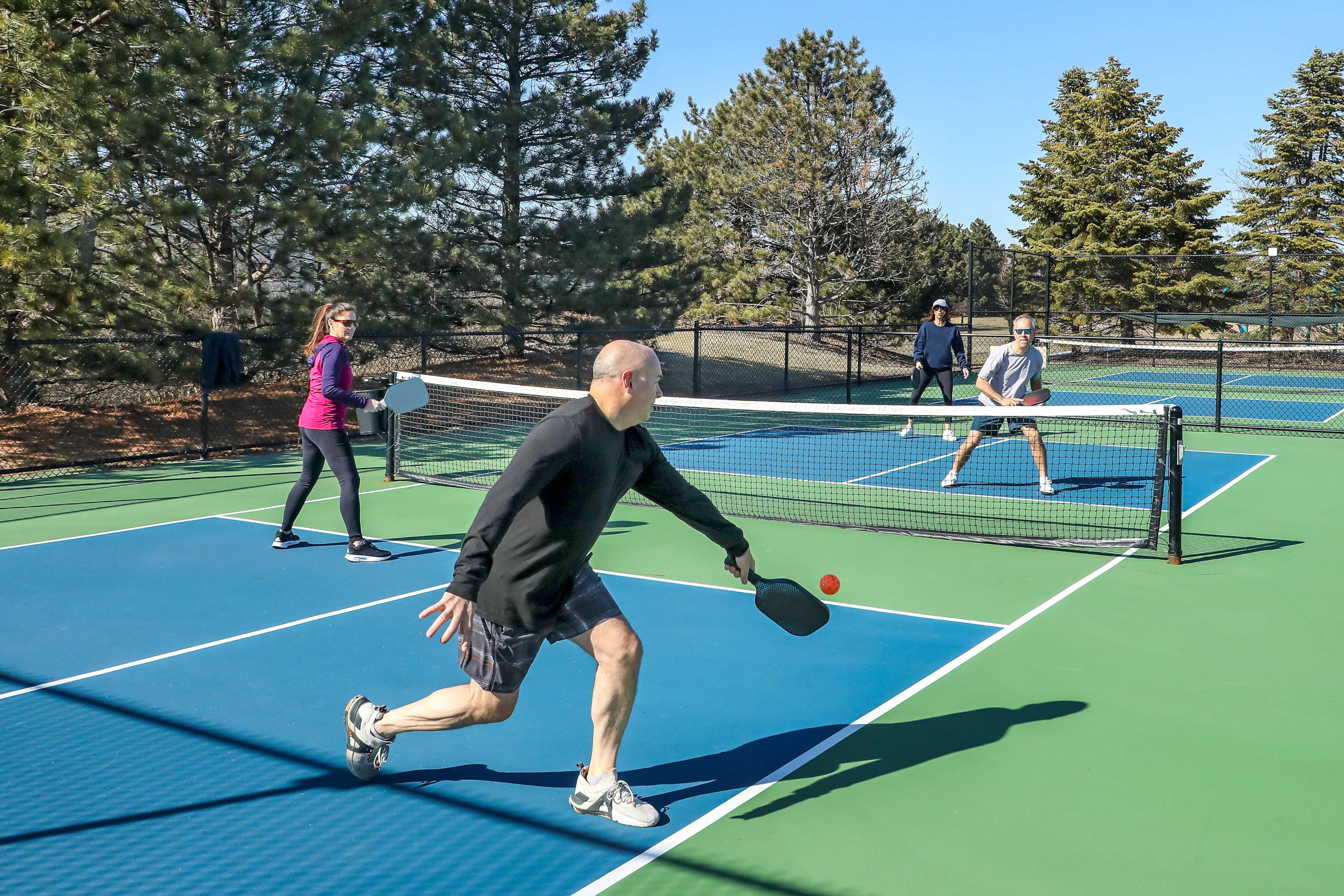
One of the reasons pickleball has exploded in popularity is its inclusivity. Whether you play on a permanent pickleball court or an adapted badminton court, the game remains accessible. All you need are a few basic items, like pickleball paddles and a perforated plastic ball, and you're set to delve into a match.
17. Media and Pickleball: A Growing Relationship
Pickleball has not escaped the media's attention. From features in pickleball magazines to appearances in Tennis Magazine, pickleball's media exposure has played a role in its rising fame. The sport's first mass media exposure undoubtedly gave it a significant boost, presenting pickleball to a wider audience.
18. The Evolution of Playing Techniques
As with any sport, the way we play pickleball has evolved. Techniques have been refined, strategies developed, and the gameplay is more intense than ever. Whether it's deciding the proper service court or mastering the art of doubles play, pickleball offers depth in its gameplay, appealing to casual and competitive players alike.
19. Celebrating Champions: Tournaments and Championships
From the first pickleball tournament to the prestigious Open Pickleball Championships, the sport celebrates its champions. These events not only recognize the top players but also serve as gatherings for the community. The Pickleball Championship is a testament to the sport's competitive spirit and a celebration of its community.
20. Pickleball Today: A Snapshot
Pickleball today is a vibrant sport with a rich history. From its inception on Bainbridge Island to its current status as a global phenomenon, it's a game that continues to win hearts. Whether you're an enthusiast browsing pickleball stuff online or a professional player practicing on a pickleball court, the game offers something for everyone.
21. The Great Pickleball Q&A
Q: Where did pickleball originally come from?
A: Pickleball originated from Bainbridge Island, Washington, in the 1960s. It was a creation of three dads - Joel Pritchard, Bill Bell, and Barney McCallum, aiming to provide a fun game for their families.
Q: Who invented pickleball and why is it called that?
A: Joel Pritchard and his friends Bill Bell and Barney McCallum are credited with inventing pickleball. As for its name, one popular theory suggests it was named after Pritchard's dog, Pickles. Another theory draws inspiration from the term "pickle boat."
Q: How did pickleball get invented?
A: The game was the result of an improvised attempt to play badminton without all the necessary equipment. The inventors used ping-pong paddles and a wiffle ball, creating the game we know as pickleball today.
Q: Did the inventors of pickleball make any money?
A: While they certainly promoted the sport and made contributions to its development, including the creation of equipment and founding companies like Pickle Ball Inc., it wasn't initially a major commercial venture. However, the sport's popularity has since turned pickleball into a thriving industry.
Q: Is pickleball a white sport?
A: No, pickleball is a sport for everyone, regardless of race or ethnicity. Its inclusivity and accessibility have made it popular across diverse groups of people.
Q: Where did pickleball get its name from?
A: The name pickleball is believed to have come either from the Pritchard's family dog named Pickles or from the term "pickle boat" used in rowing.
Q: What does pickle mean in pickleball?
A: The term "pickle" in pickleball doesn't have a direct relation to the pickled food. As mentioned, its name's origin might be tied to a dog or a rowing term.
Q: When did pickleball become an official sport?
A: The sport saw significant organizational efforts in the 1970s and 1980s, with the establishment of rules and official bodies like the USA Pickleball Association (USAPA). It has since gained recognition as an official sport in many arenas.
Q: What is pickleball and why is it so popular?
A: Pickleball is a paddle sport that blends elements of tennis, badminton, and table tennis. Its popularity stems from its simplicity, low-cost equipment, and appeal to all age groups.
Q: What are 3 facts about the history of pickleball?
A:
-
Pickleball was invented in the 1960s on Bainbridge Island, Washington.
-
It was initially an improvised game created out of the lack of badminton equipment.
-
The game's name, pickleball, has origins tied either to a dog named Pickles or a term from rowing.
Q: What is the history of the pickleball paddle?
A: The paddle has evolved over the years. Originally, players used wooden paddles, but advancements led to the creation of the composite pickleball paddle, which offered better durability and performance.
Q: Where and when was pickleball invented?
A: Pickleball was invented in the 1960s on Bainbridge Island, Washington.
Q: Is pickleball really the fastest growing sport in America?
A: Yes, many reports and studies, including those from the USA Pickleball Association, indicate that pickleball has seen a rapid surge in popularity, making it one of the fastest-growing sports in America.
Q: Who was the inventor of pickleball?
A: The game was co-invented by Joel Pritchard, Bill Bell, and Barney McCallum.
Q: Where did pickleball get created?
A: The game was created on Bainbridge Island, Washington.
Q: Who were the two men who created pickleball?
A: While there were three men credited with its creation - Joel Pritchard, Bill Bell, and Barney McCallum, any two of these are often mentioned in discussions about the game's origins.
22. The Evolution of Pickleball Equipment
Initially, when pickleball started, the pioneers used basic table tennis paddles and a perforated plastic ball. With the growth of the sport, advancements in equipment naturally followed. The first composite pickleball paddle was a major breakthrough, offering enhanced durability, better ball control, and improved power.
Today, the pickleball paddle market is thriving. Numerous companies compete, introducing innovative materials and designs. This evolution in equipment has not only enhanced the game's playability but also its appeal.
Furthermore, for those starting their journey, many local sporting stores offer pickleball kits, complete with paddles, balls, and even basic rulebooks.
23. The Ever-Growing Popularity of Pickleball
From its humble beginnings on Bainbridge Island, pickleball's trajectory has been nothing short of impressive. Articles in tennis magazine and pickleball magazine constantly talk about its increasing influence in the racquet sport world.

Multiple factors contributed to its meteoric rise. Its simplistic nature, minimal equipment costs, and inclusive character have made it attractive to many. Another reason is its adaptability. Whether you're playing on an old badminton court or a permanent pickleball court, the game offers flexibility.
But perhaps the most significant testament to its popularity is the USA Pickleball Association (USAPA). The association not only sets the game's rules but also organizes major events, including the USAPA National Tournament. The first-ever USAPA National Tournament drew participants and spectators from all over the country, further cementing the sport's standing.
24. The Importance of Local Pickleball Courts
Local pickleball courts play a vital role in promoting the sport. From the first permanent pickleball court at South Center Athletic Club to the numerous courts sprouting in communities today, these spaces provide enthusiasts an avenue to play, practice, and promote pickleball.
Moreover, the designation of official pickleball courts by the American Sports Builders Association has further professionalized the sport. These courts adhere to specific dimensions, surface types, and marking guidelines ensuring a standardized playing experience.
25. International Recognition and Tournaments
Pickleball isn't just an American phenomenon. It's gaining traction worldwide. International competitions are more frequent, with teams from various countries competing for the title.
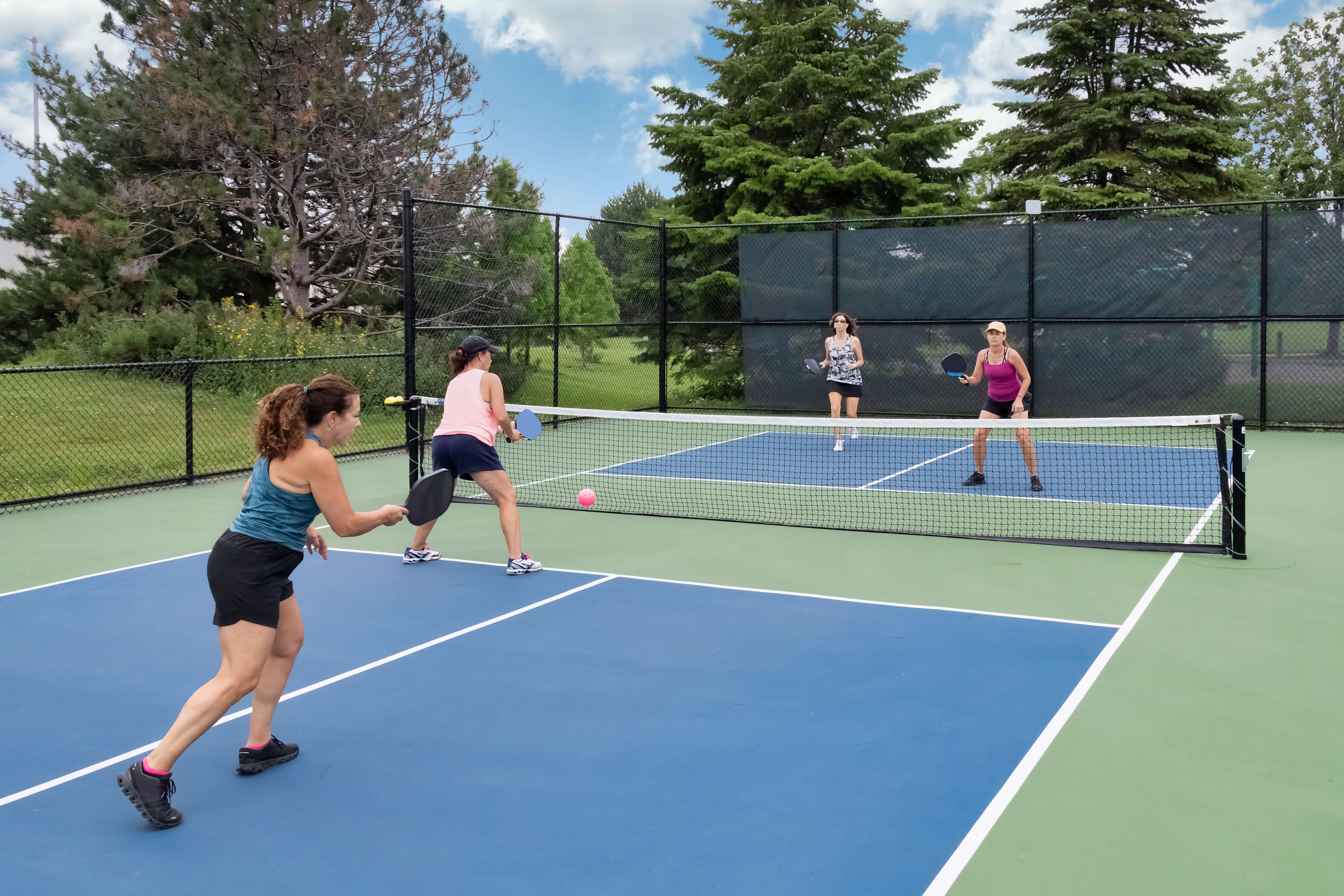
The International Federation of Pickleball has been instrumental in this global expansion. By setting universal standards and organizing tournaments, they've ensured pickleball's consistent growth and recognition on the global stage.
26. Media Exposure and Pickleball
The first mass media exposure of pickleball came in the early 1970s when the National Observer featured it. Since then, the sport has made appearances in various media outlets, from local news segments to national broadcasts.
Programs showcasing pickleball tournaments and even dedicated channels on streaming platforms have amplified its reach. This media presence not only educates the masses about the game but also attracts potential players and sponsors.
27. The Future of Pickleball
As we reflect on the history of pickleball, it's hard not to be optimistic about its future. The consistent efforts of bodies like the Professional Pickleball Association and the Fitness Industry Association underline the sport's potential.
With innovations in equipment, from advanced pickleball paddles to specialized shoes and wearables, players today have more resources than ever. Communities worldwide are embracing pickleball, setting up local courts, and organizing grassroots tournaments.
Many believe that pickleball's true potential is yet to be unlocked. As more players join, and as the sport gets more media attention, there's no telling how influential pickleball could become in the world of sports.
